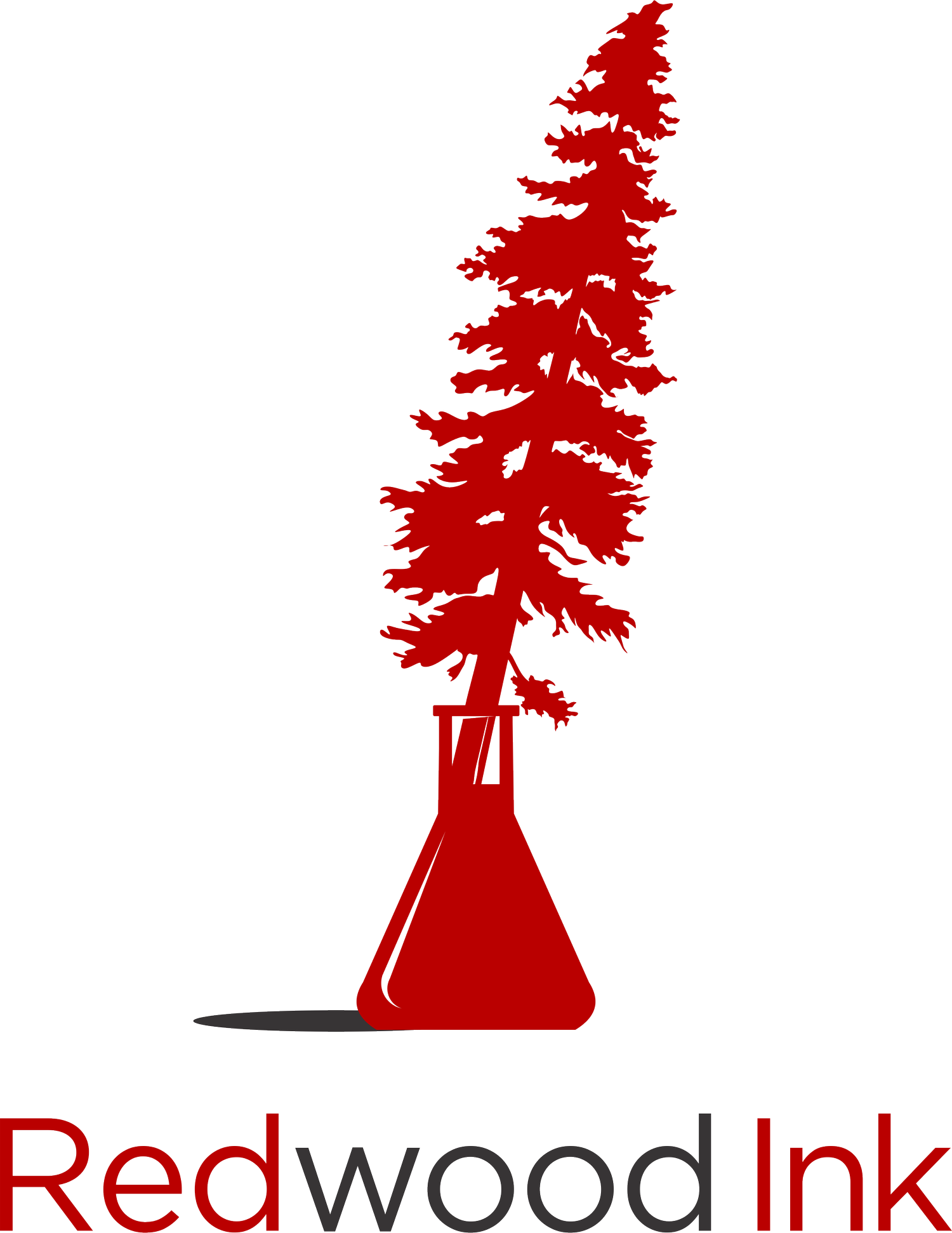Interlude: Asymptotic Editing, Copying Tables, and the Pressure for Perfection
How do you know when you are done editing?
I get asked this question a lot. And I get it. Editing is an iterative process that can feel like an endless path to an unattainable destination of perfection.
I recently heard someone describe this process mathematically. And if you know a little about me, I'm a former math nerd turned word nerd, so I'm all for a math analogy related to writing.
Editing is asymptotic. (I have to give credit to my friend Leslie for this one. Thanks, Leslie!)
In case you're not a math nerd like me, an asymptote continuously approaches a specific value as a variable tends toward a limit, often infinity, without ever actually reaching it. In other words, as you change the variable (edit the text), the line get closer and closer to the desired result (the "perfect" draft) but never actually reaches it.
That analogy is a great way to describe the editing process. No matter how many changes you make, perfection is unattainable.
But if you cannot reach perfection, how do you know when you are done editing?
For me, I know that I'm done when the changes I make aren't really improving the writing. They might make things different, but not better.
How about you? How do you know when you are done editing? Hit reply and let me know.
Now onto this week's round-up...
💌 Round-up
👓 Reading
Writing for Greater Impact: How to Improve Readability
Readability is not just for the general public. It's for everyone, including experts. (If you're skeptical, check out my free masterclass.) In the article, Nature Portfolio’s expert trainer Dr. Jeffrey Robens shares fantastic strategies for how to improve the readability of your writing for all readers.
...Oh, and if you want to even more strategies, check out my Scientific Writing Simplified course inside the Redwood Ink Academy.
Perfection Under Pressure
I recently downloaded this free ebook from Draftsmith. The book is packed with "real-world strategies top editors, writers, and translators use to juggle deadlines, maintain excellence, and stay sane in an industry obsessed with perfection." I highly recommend checking it out.
🧰 Tools
Excel trick for copying printed tables
Have you ever had a table in a printed document or online that you needed to put into Excel? Rather than manually create every cell of that table, you can use a function in Excel to create the table for you. This is a great time saver and helps you avoid inputting errors.
🎓 Training
Finding the Freelance Clients You Deserve – The Mighty Marketer
In this 7-week online course + personal coaching with Lori De Milto, you can discover exactly how to get the steady, high-paying clients you deserve. Lori recently gave me some marketing tips that were outstanding, so I know that if you are a freelancer, this is an opportunity you won't want to miss.
💬 Quote
"Perfection is not attainable, but if we chase perfection we can catch excellence." –Vince Lombardi
📆 Upcoming in the Redwood Ink Academy
Writing Journal Club – April 16, 2025 In this spin on the classic journal club, we discuss the strengths and weaknesses of the writing in manuscripts, grant proposals, and other documents. Next week, we'll continue our manuscript series by discussing the results section of a research manuscript. You must be enrolled in Scientific Writing Simplified to join.
Thank you so much for reading.
Warmly,
Crystal
